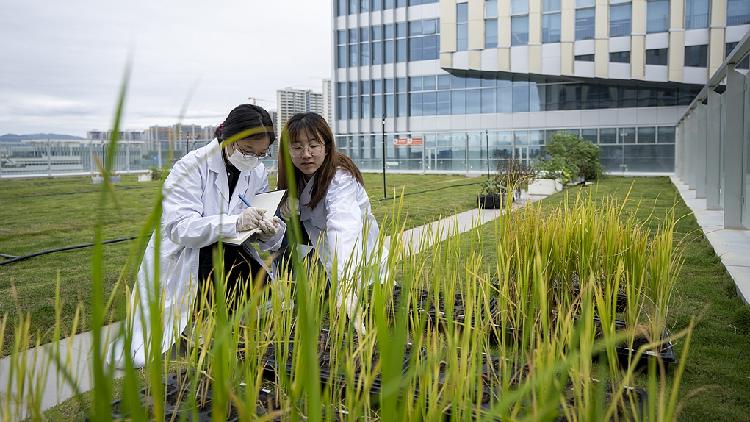China Reiterates Dedication to Progress in Agricultural Technology
China has reiterated its dedication to enhancing agricultural technology.

The document underscores the significance of technological innovation in optimizing production factors, promoting leading agricultural enterprises, and fortifying key research platforms, such as "Nanfan Silicon Valley," which serves as a breeding base in southern China.
"Nanfan," which translates to "breeding in the south," pertains to a crop breeding practice that utilizes the warm winter and spring climate of Hainan Island and other southern regions of China.
On January 31, 2024, the Ministry of Agriculture and Rural Affairs, the National Development and Reform Commission, and additional authorities unveiled an action plan for the Nanfan Scientific and Research Breeding Base in Sanya.
This plan aims to establish the breeding base as a national hub for innovation in the breeding industry by 2030, facilitating scientific research, production, sales, scientific exchanges, and the transfer of achievements.
Furthermore, the document emphasizes the promotion of biological breeding, high-quality agricultural machinery, and smart agriculture, leveraging tools like artificial intelligence, data analytics, and low-altitude technologies.
Last year, the national inventory of agricultural machinery exceeded 200 million units, with more than 2.2 million units of terminal equipment utilizing the BeiDou Navigation Satellite System deployed. The overall mechanization rate for crop planting, cultivation, and harvesting reached over 74 percent, with significant mechanization in the cultivation of the three primary staple crops, as reported by China Media Group last December.
A notable smart farm, Fuxi Farmland, is located in Xiong'an New Area, in Hebei Province. By employing big data and AI, engineers are able to manage grain planting remotely, controlling unmanned machines from a control center situated 20 kilometers away, while simultaneously accessing real-time crop information via a large monitoring screen.
In addition, East China's Zhejiang Province has recently rolled out an action plan focused on developing the low-altitude economy in agricultural and rural sectors, with the intention of further integrating this economy to bolster agriculture. According to this plan, by 2027, Zhejiang aims to have more than 10,000 agricultural drones and establish 100 intelligent monitoring points for agricultural production.
Through these strategic initiatives, China is positioning itself for a more efficient, sustainable, and technologically advanced agricultural landscape.
Camille Lefevre for TROIB News
Discover more Science and Technology news updates in TROIB Sci-Tech












